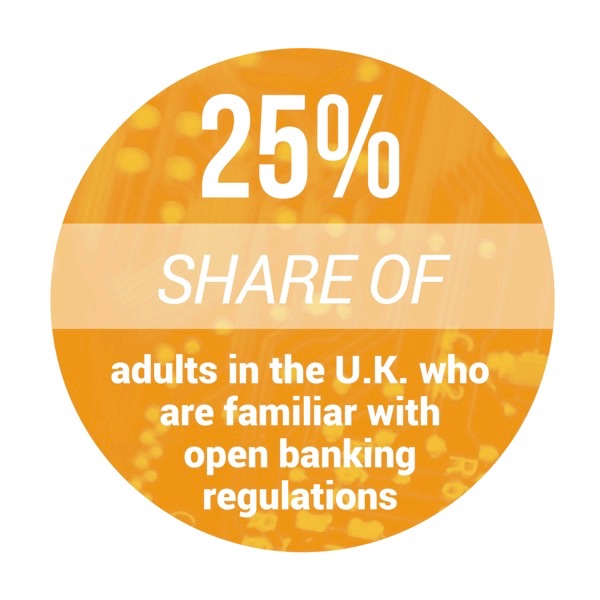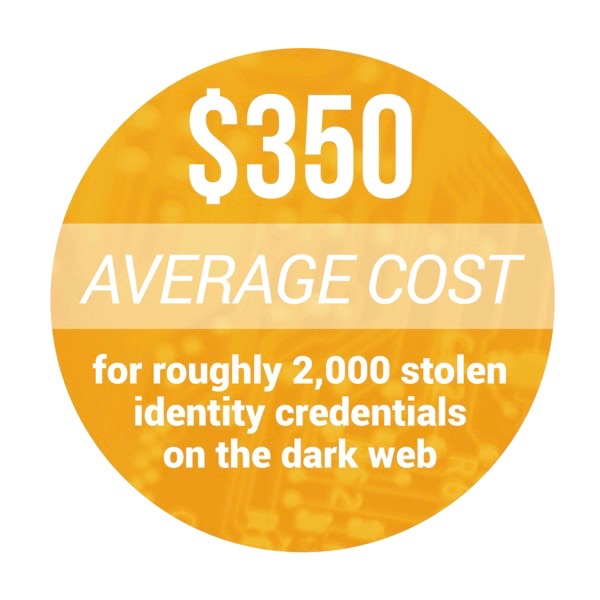TRENDING: Flimsy PINs, The Stalwart Protectors Of Billions Of Loyalty Rewards Dollars?

As data theft continues to surge, companies are looking to bolster their defenses to protect customers and prevent fraudsters from committing cybercrimes. However, while merchants rush to reinforce payment protection, they may be neglecting the security of a less than obvious, yet crucial, part of their business.
In the latest Digital Fraud Tracker, PYMNTS explores the latest security threats, and why loyalty and rewards programs are in dire need of increased protection.
Around The Digital Fraud World
As companies ranging from MINDBODY to Newegg, and even Google, are added to the ever-lengthening list of security breach victims, companies from around the space are looking to unveil new technologies to combat digital fraud.
NXP Semiconductors, for one, is looking to better protect internet of things (IoT) devices. The company recently debuted the latest version of its NTAG DNA tag chip, which aims to provide privacy enabled, multi-layered security for near-field communication (NFC) and IoT authentication applications. The solution is designed for companies in fashion, food and beverages, pharmaceuticals, electrical appliances, and other consumer and industrial goods markets.
Thoma Bravo, meanwhile, is turning to acquisition. The company recently announced the purchase of cybersecurity technology provider Imperva for approximately $2.1 billion. The acquisition will give Thoma Bravo access to improved data and analytics applications, as well as other software and technology.
To read more on these stories and other digital fraud headlines, check out the Tracker’s News and Trends section.
The Rising Tide Of Loyalty Fraud — And How To Stop It
IoT devices aren’t the only things that need securing — loyalty programs could also use an additional layer of protection.
Globally, loyalty programs are worth well over $250 billion in value, and more than $60 million in the U.S. alone, according to Peter R. Maeder, co-founder of the Loyalty Fraud Prevention Association. However, these accounts aren’t treated like currency, even though fraudsters see them as such, Maeder said. Over the last few years, digital fraudsters have increasingly turned to account takeovers and other forms of attack to target loyalty programs.
In the latest Digital Fraud Tracker feature story, Maeder discusses the rising tide of loyalty fraud, and the measures that companies can take to curb cybercrime.
To read the full story, download the October Digital Fraud Tracker.
About The Report
The Digital Fraud Tracker, powered by DataVisor, offers a monthly look at the latest data, news and trends surrounding fraud and cybersecurity.


